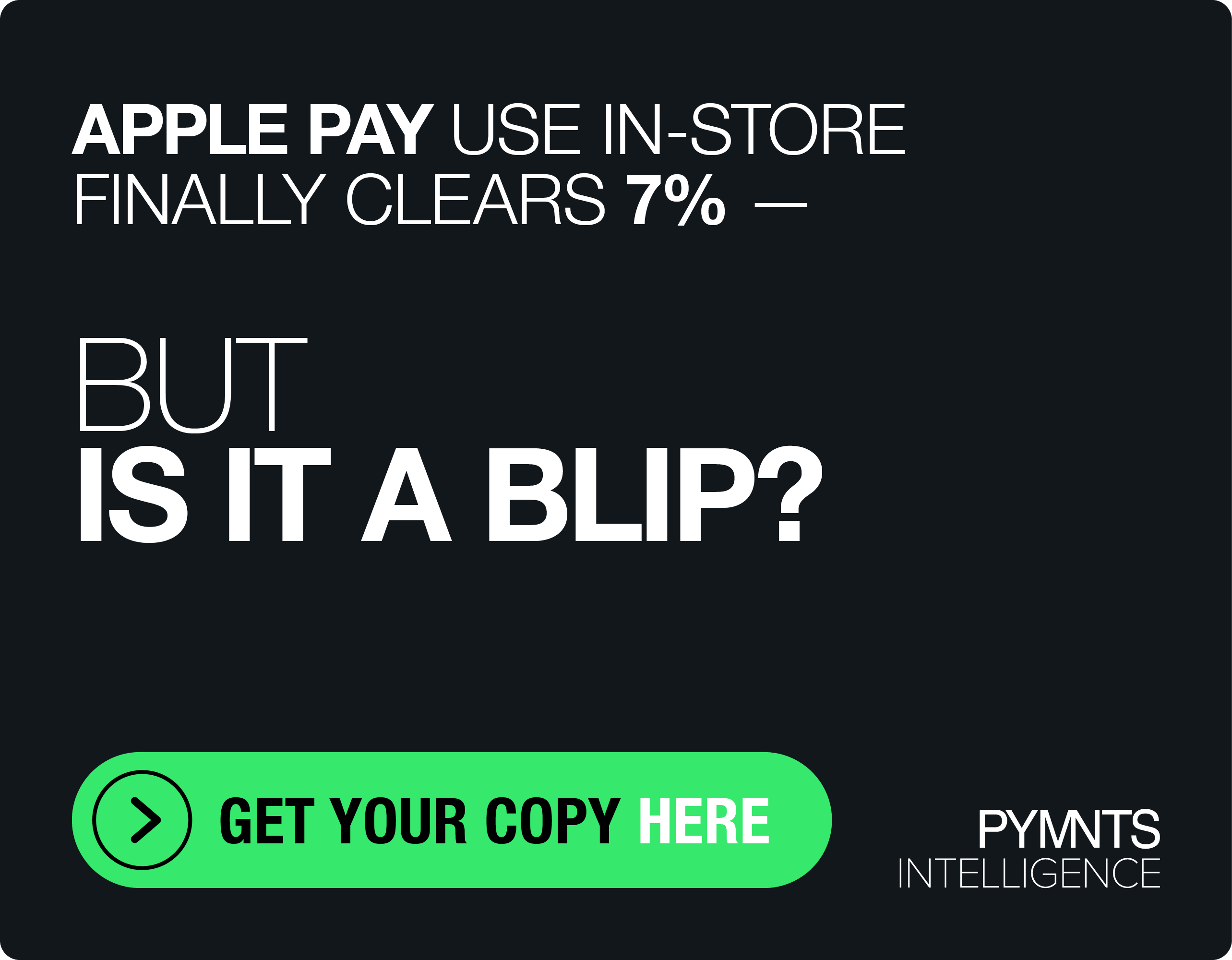Plaid Says Consumer-Centric Innovation Will Power Money Movement
The year 2023 has been one of the biggest yet for innovation across the payments landscape.
New, emerging rails including the FedNow® Service and RTP® (Real-Time Payments) have changed the game for both consumers and businesses when it comes to the choice, flexibility and security of how money moves.
“It’s just becoming easier in day-to-day life to manage your finances, to connect to new experiences, and to have the ease and control of your money, your investments, and your time altogether at once,” John Anderson, head of payments at Plaid, told PYMNTS as part of the series “What’s Next in Payments: The Current State of Innovation and What’s Next.”
This trend is due in part to the continued evolution of both FinTechs and embedded finance, whose broad progress is making new financial experiences increasingly effortless while opening the door to countless innovative applications.
“There are these amazing flywheels, or network effects, of consumers becoming more comfortable connecting and using FinTech experiences and open finance apps, trusting those services. And the user experience is becoming more native and more comfortable to people as they use it more and more often, which is increasing trust and reducing barriers to adoption,” Anderson said.
“For example, the other day I was able to buy a car completely online, using Plaid to link my bank account, and if you think about how important of a financial decision that was, to be able to do that and move the money with complete trust and security is really special,” he said.
Prerequisite for Innovation Is Infrastructure
Underpinning these emerging trends are infrastructure advancements across payment networks and money movement ecosystems.
These innovations and the corresponding advancements in payment technologies enhance the way money is moved, increase security, and improve the user experience.
“As things become easier, you realize how finances are threaded across your day-to-day life,” Anderson said. “Then, when friction comes down and things become safer and more secure, all these use cases and experiences, like walking into a bank or applying for a loan, suddenly and seamlessly become part of your day-to-day life.”
Helping to more efficiently allow for this integration into daily life is the recent growth of real-time payment rails. Real-time payment rails are becoming more integrated into financial systems, offering safe, instant, and secure ways for users to transact, changing how end-users engage with their finances.
For example, users can now receive their salaries instantly, manage investments more efficiently and apply for loans with greater convenience, helping meet the rising behavioral demands of today’s always-on economy.
“When people work hard for the money that they earn, they really should deserve to be paid very quickly for that,” Anderson said. “Instant access to money makes a huge difference in people’s bottom lines and lives, particularly in today’s world.”
Innovations like Plaid’s Signal, a transaction risk engine, are also facilitating the acceleration of funds availability and reducing the risk associated with bank payments.
Advancements Bring Challenges, Opportunities
While there is substantial progress in payments innovation, some challenges still exist, and they touch across the experience of consumers, financial institutions and application developers.
For one, maintaining the security of transactions and protecting sensitive financial data is an ongoing challenge, and one that is crucial for ensuring that real-time payments continue to gain traction and adoption.
“When you look across markets, you can see that real-time payments are an eventuality. India, Europe, Brazil and many other countries have fully adopted real-time services that are safe, instant and allow people to get better access to the applications and things they need,” Anderson said.
And with many financial institutions working to integrate real-time payments more seamlessly into their systems and looking to ensure that their consumers can access these services with ease, it is critical that those connections are safe and secure, he said, and that the information they’re collecting and using is the “right information.”
Plaid’s Signal addresses this challenge by using machine learning to assess the risk of transactions, Anderson said, enabling users to move money faster and more securely.
As for what the future holds, “We are really bullish that native bank payments, particularly those driven by these real-time rails, is where the world is going. … And as you move money faster, it’s really important to make sure it moves faster in a way that’s safe,” Anderson said.
He added that, at the end of the day, “The best consumer experience will play out over the long run … and payment players will work hard to meet future consumer demands and build solutions as fast as they possibly can.”
Underlying it all, of course, are infrastructure investments and regulatory changes, he said.
The future of payments innovation is promising, he said, and users can expect more convenient, secure and efficient financial services in the years to come.

